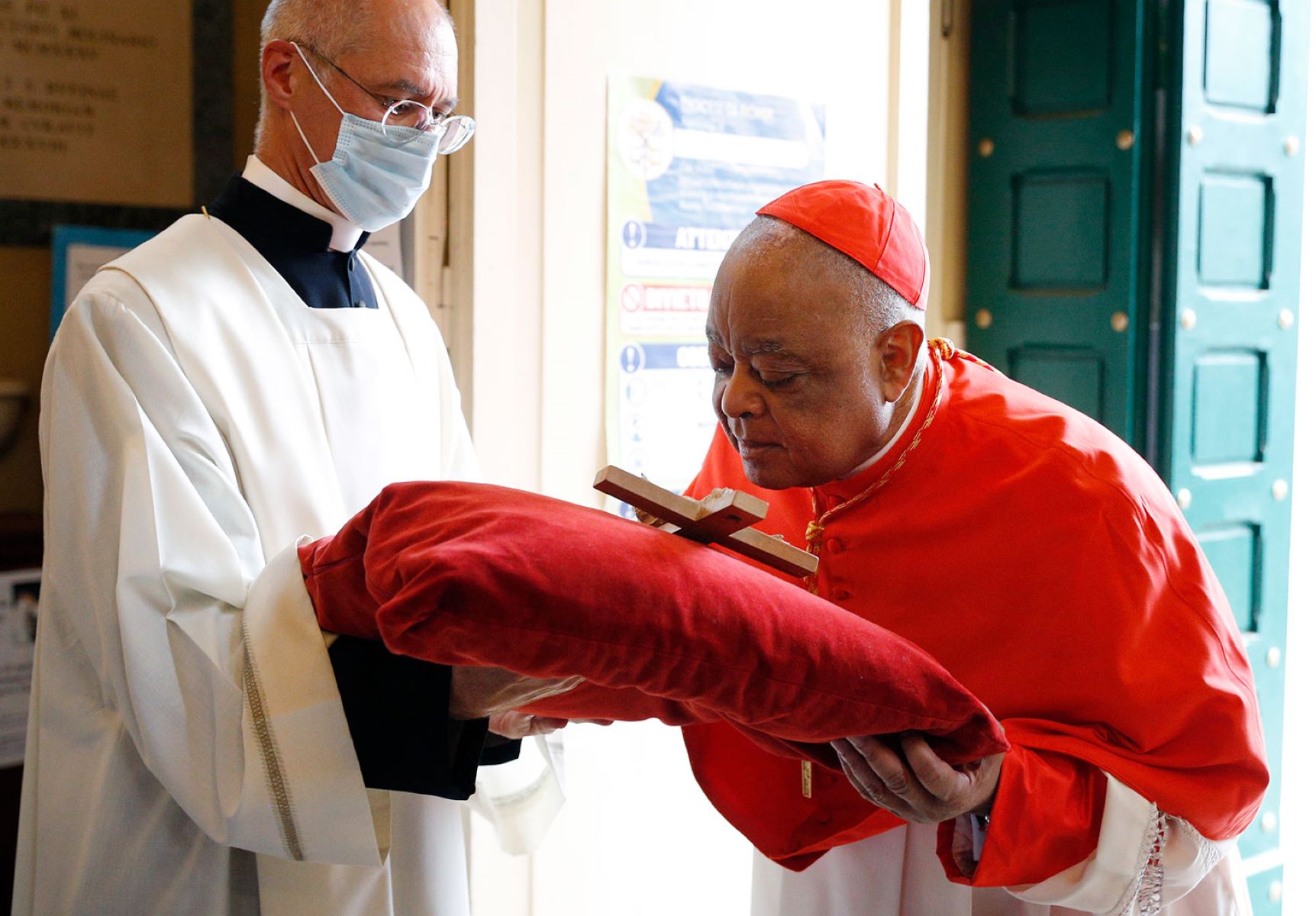
What exactly is a titular church? In the Catholic Church, a titular church is a church assigned to a cardinal bishop. This assignment isn't about giving the cardinal a new parish to manage daily. Instead, it symbolizes his role and responsibilities within the Church. The tradition dates back to early Christianity and became formalized in the 12th century. Today, there are over 200 titular churches, each with its own unique history and significance. These churches serve as spiritual centers, places for private prayer, and reminders of the cardinal's duties. They also play a role in the governance of the Church, especially within the College of Cardinals.
What is a Titular Church?
A titular church is a unique feature within the Catholic Church, especially regarding the College of Cardinals. These churches symbolize a cardinal's office and remind them of their responsibilities. Let's explore some fascinating facts about these churches.
-
Definition and Purpose
A titular church is assigned to a cardinal bishop. It symbolizes the cardinal's office and provides a place for performing duties like celebrating Mass and administering sacraments. -
History
The tradition dates back to early Christianity. Formalized in the 12th century, it became standard by the 16th century. Today, there are over 200 titular churches.
Types and Assignment of Titular Churches
Titular churches come in different forms and are assigned through a specific process. Here's how it works:
-
Types of Titular Churches
There are actual churches still functioning as places of worship and merely titular ones, no longer primary worship sites but still recognized. -
Assignment of Titular Churches
The Pope typically assigns these churches. The selection considers the cardinal's background, contributions, and role within the College of Cardinals.
Responsibilities and Symbolism
Cardinals with titular churches have specific responsibilities and symbolic roles. Let's delve into these aspects:
-
Responsibilities of a Titular Cardinal
A cardinal ensures the spiritual well-being of the church, performing liturgical functions and possibly participating in governance. -
Symbolic Role
The church symbolizes the cardinal's office and role within the College of Cardinals, serving as a reminder of their position and duties.
Duties, Privileges, and Famous Examples
Cardinals with titular churches enjoy certain duties and privileges. Some churches are more famous than others:
-
Duties and Privileges
Cardinals can celebrate Mass and perform other liturgical functions in their titular church. They may also oversee diocesan affairs or participate in synods. -
Examples of Famous Titular Churches
Notable ones include St. Peter's Basilica, St. John Lateran, and St. Mary Major. These churches are prestigious due to their historical and architectural significance.
Notable Cardinals and Their Churches
Throughout history, many notable cardinals have been assigned to prestigious titular churches. Here are some examples:
- Notable Cardinals and Their Titular Churches
Pope John XXIII was assigned to St. Mark in Venice, while Pope Paul VI was assigned to St. Regis in Rome. These assignments reflect their importance and contributions.
Role in the College of Cardinals
Titular churches play a significant role within the College of Cardinals, the highest governing body of the Catholic Church:
- Role in the College of Cardinals
Cardinals with titular churches contribute to decision-making processes, participate in conclaves to elect new popes, and discuss Church policies and governance.
Spiritual and Historical Significance
Beyond their symbolic and administrative roles, titular churches hold significant spiritual and historical importance:
-
Spiritual Significance
These churches serve as centers of worship and prayer, housing important relics and artworks revered by Catholics worldwide. -
Historical Significance
Many have rich histories, like St. Peter's Basilica, built on the site where Saint Peter is believed to be buried. These connections make them significant cultural landmarks.
Architectural Importance and Liturgical Functions
Titular churches are often renowned for their stunning architecture and liturgical functions:
-
Architectural Importance
Built over centuries, these churches feature intricate designs, beautiful frescoes, and impressive sculptures, reflecting artistic achievements of different eras. -
Liturgical Functions
Cardinals perform various liturgical functions, including celebrating Mass and administering sacraments, essential for the spiritual well-being of the faithful.
Ecclesiastical Governance and Private Reflection
Cardinals may also be involved in governance and use their titular churches for private prayer:
-
Ecclesiastical Governance
While primarily liturgical, cardinals may oversee diocesan affairs, participate in synods, and guide local clergy, depending on the church's needs. -
Private Prayer and Reflection
These churches provide a quiet, sacred environment for cardinals to engage in spiritual contemplation, crucial for their role as spiritual leaders.
Symbolic Connection to the Pope and Cultural Impact
Titular churches symbolize a cardinal's connection to the Pope and have a significant cultural impact:
-
Symbolic Connection to the Pope
The church assignment reflects the cardinal's relationship with the Pope and position within the Church's hierarchy. -
Cultural Impact
These churches attract pilgrims and tourists, admired for their beauty and historical significance, representing a rich heritage of faith and tradition.
Modern-Day Significance
Even today, titular churches play a vital role in the Catholic Church:
-
Modern-Day Significance
They remind cardinals of their office and responsibilities within the College of Cardinals, providing continuity with the past and linking contemporary cardinals to their predecessors. -
Conclusion
Titular churches are vibrant institutions integral to the Catholic Church's life and mission. They inspire devotion, reflection, and a deeper understanding of the faith.
The Heart of the Catholic Church
Titular churches aren't just symbolic; they're vital to the Catholic Church's structure. These churches, assigned to cardinals, serve as reminders of their responsibilities and roles within the Church. From their rich history to their architectural beauty, these churches are more than just buildings. They represent centuries of faith, tradition, and spiritual leadership.
Cardinals with titular churches perform essential liturgical functions, contribute to ecclesiastical governance, and provide spiritual guidance. These churches also offer a place for private prayer and reflection, connecting cardinals to their spiritual duties.
Whether it's the historical significance of St. Peter's Basilica or the architectural marvels of other titular churches, each one plays a unique role in the Catholic faith. They stand as enduring symbols of devotion, leadership, and the rich heritage of the Church.
Was this page helpful?
Our commitment to delivering trustworthy and engaging content is at the heart of what we do. Each fact on our site is contributed by real users like you, bringing a wealth of diverse insights and information. To ensure the highest standards of accuracy and reliability, our dedicated editors meticulously review each submission. This process guarantees that the facts we share are not only fascinating but also credible. Trust in our commitment to quality and authenticity as you explore and learn with us.


